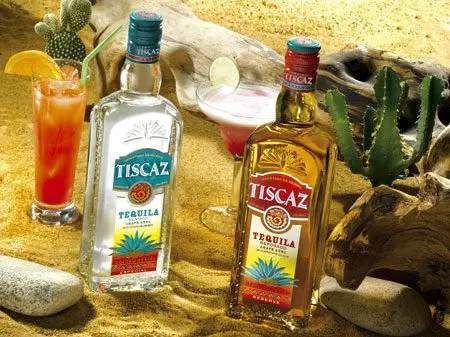In the old days, when most of today’s students did not even exist in the world (that is, about thirty years ago), there was no more democratic strong liquor than tequila. For its mild taste, lack of a hangover and, most importantly, for its cheapness, this drink was ardently loved by students, freelance artists, aspiring artists and other bohemian personalities.
But everything changed overnight, when the so-called “agave crisis” broke out in 1999. Due to the too low price (a kilogram of piña pulp cost 10-12 cents), many farmers stopped cultivating blue agave. In addition, in 1998, 50% of the crop died due to disease and unprecedented frosts for Mexico. Prices for raw materials for tequila instantly soared tenfold. Half of the companies producing the national Mexican drink went bankrupt, and he rose in price.
The blue agave matures for eight years, and it took exactly that long to restore the plantations. In 2008, when raw materials were already a little cheaper, and tequila was still expensive, its production again became super-profitable.
The management of one of the world’s largest alcohol producers – the La Martiniquaise group of companies, remembering their own youth, decided to please modern students with inexpensive, but high-quality Tiskaz tequila.
Historical reference. The French company La Martiniquaise was founded by Jean Caillard in 1934. Today, the company’s annual turnover is 900 million euros.
Tiscaz is a mixed tequila made and bottled in Mexico. She is unique in her class. The drink contains 84% blue agave spirits, which is much more than the minimum stipulated by Mexican standards (51%). You won’t find another “mixto” tequila with such a high concentration of blue agave spirits on the market. After double distillation in stainless steel stills, the drink acquires a delicate taste, almost devoid of harshness.
As befits the queen of student parties, the new tequila entered the scene with a grandiose scandal. At first it was called Tezcal. This name is formed from two words: tequila and mezcal, because the composition of the drink was much closer to the traditional Blanco tequila and mezcal than to “mixto”.
However, already at the beginning of 2009, the company La Martiniquaise was sued by the French company importing mezcal Ultramarine: the name Tezcal was too much like mezcal. As a result, the court ordered La Martiniquaise to change the name of the tequila.
Easy to say! A serious advertising campaign has already been prepared, posters have been printed, contracts have been signed with performers of Latin American music. The firm was making losses. But because of the high-profile lawsuit, the whole of Europe learned about tequila, urgently renamed Tiscaz. And since the drink had no other shortcomings besides the name, only in 2009 its sales increased by 19%. Nowadays, Tiscaz-based cocktails are on the menu of many popular bars.
Types of Tiscaz tequila
There are two types of Tiscaz tequila with a strength of 35%:
Tiscaz Blanco is a young colorless ordinary tequila with a rich aroma of agave. The taste is mild, with a citrus flavor and a subtle hint of white pepper;
Tiscaz Reposado is a golden tequila with a touch of cane sugar syrup. It is aged for two months in oak barrels. The drink is fragrant with agave and caramel. Caramel sweetness on the palate is balanced by a light peppery bitterness and astringent notes of burnt oak.

Based on Tiscaz Blanco, the Tiscaz Sunrise cocktail is made with pomegranate and orange juice. The strength of the drink is 14,9%.









